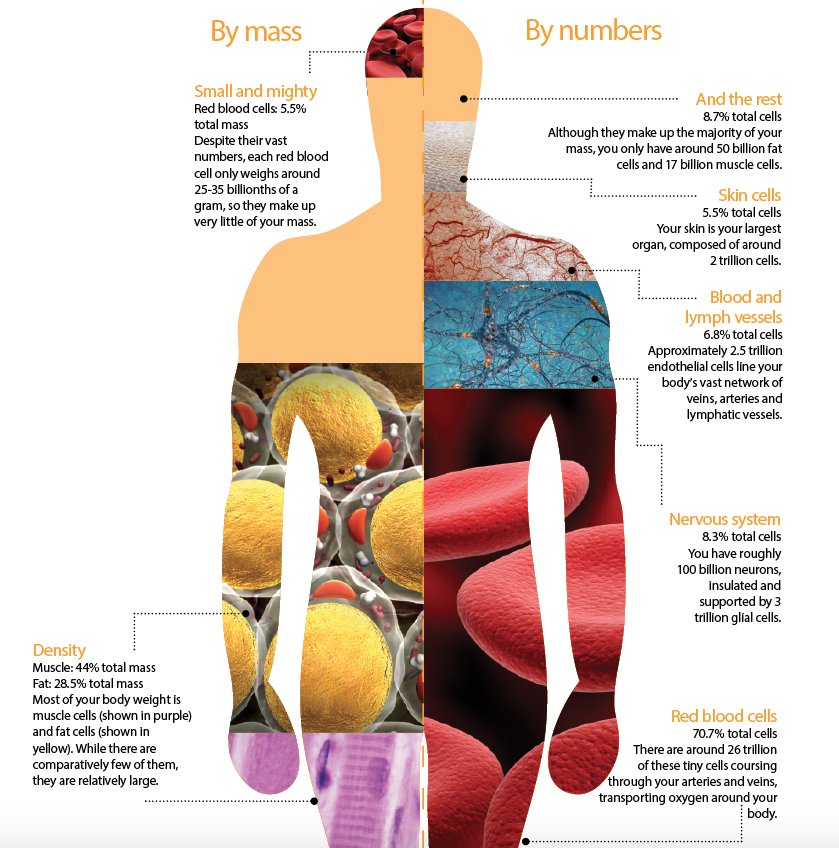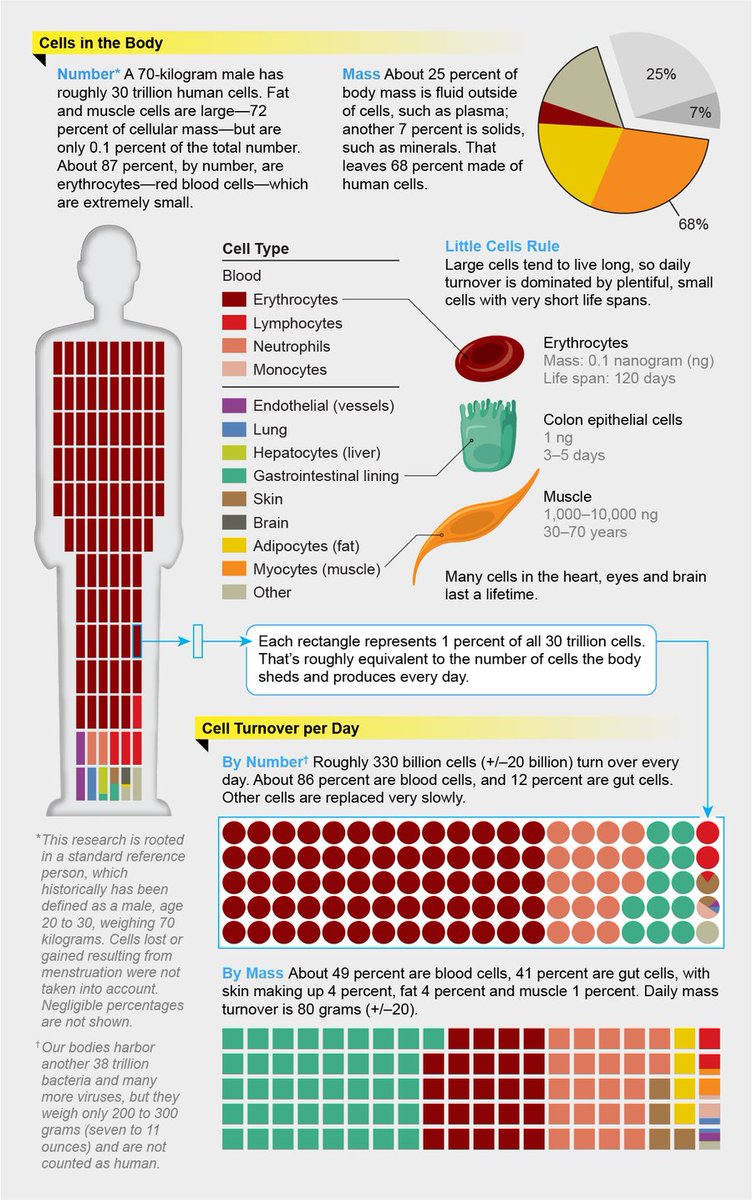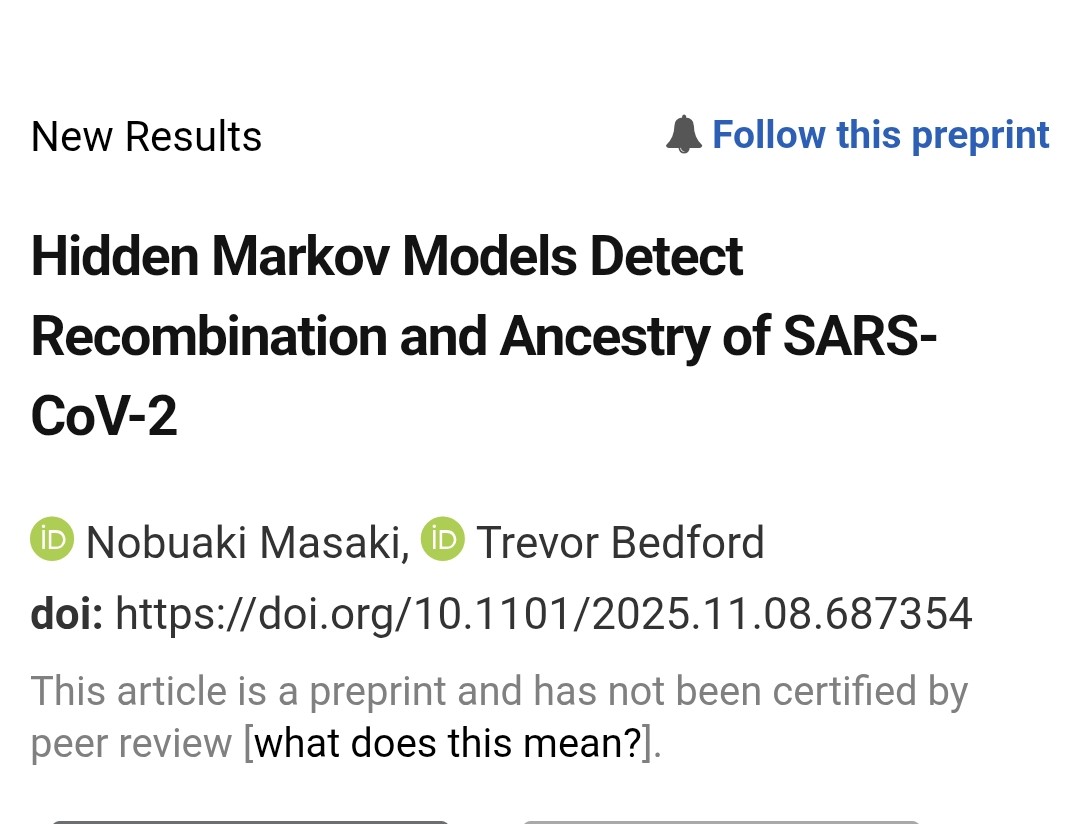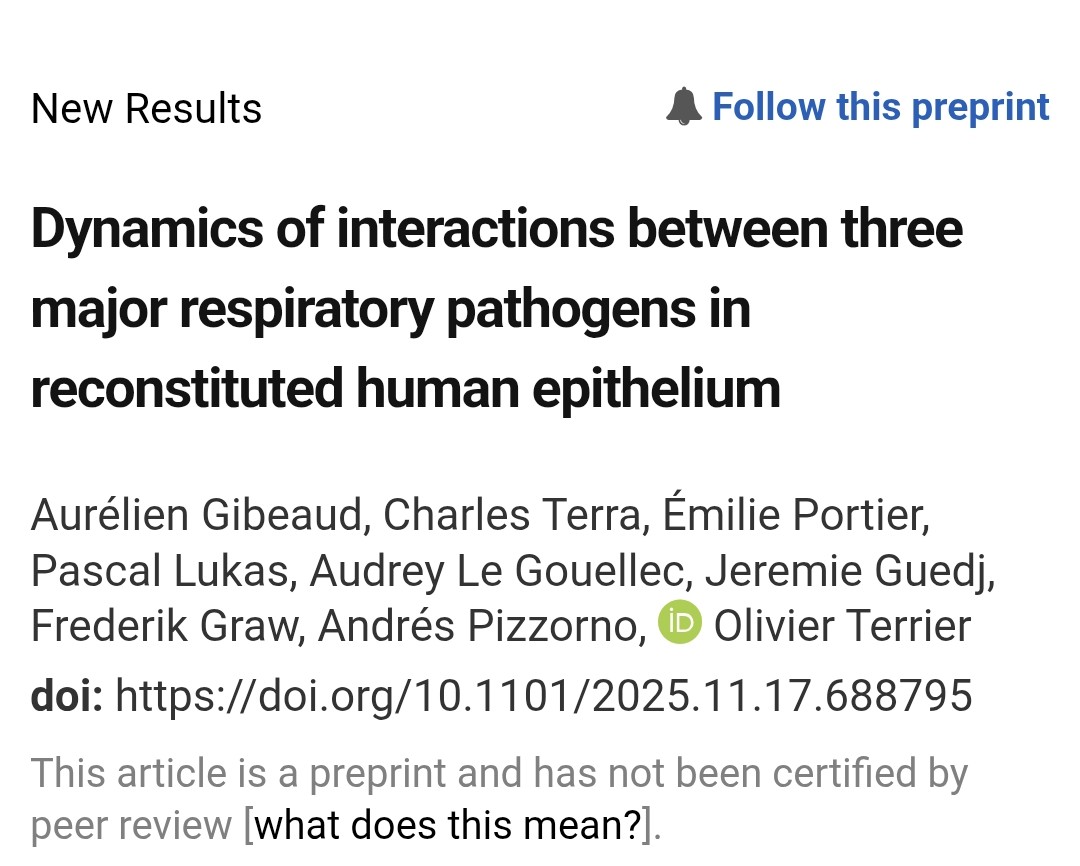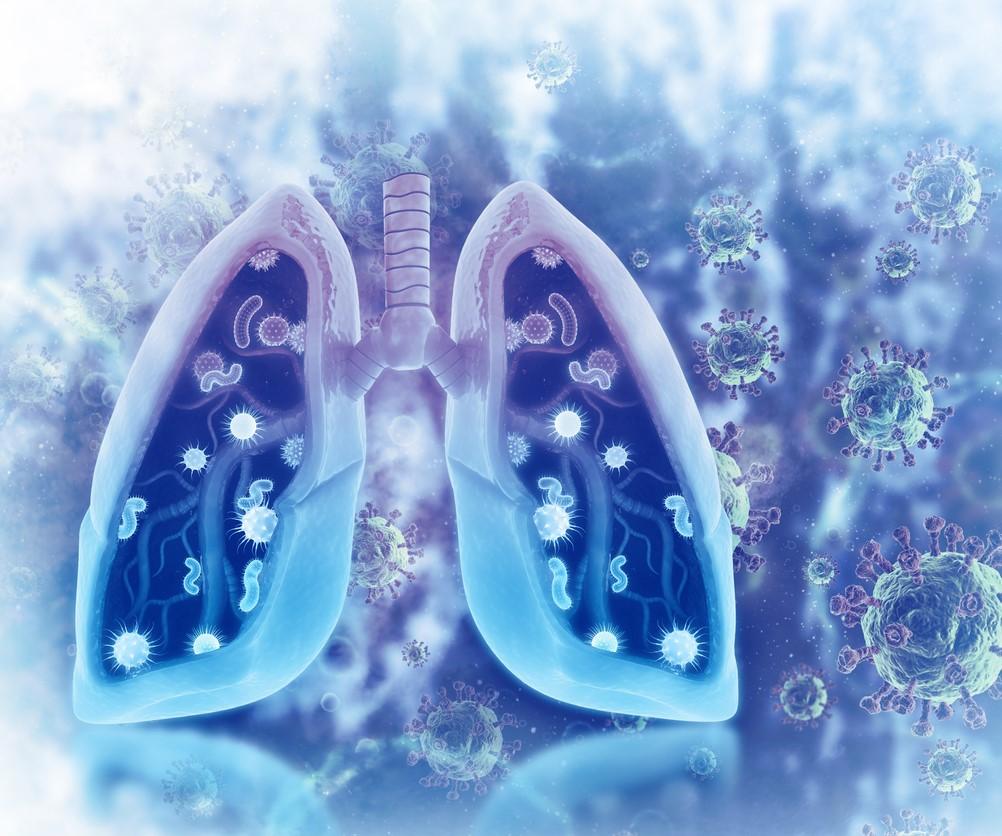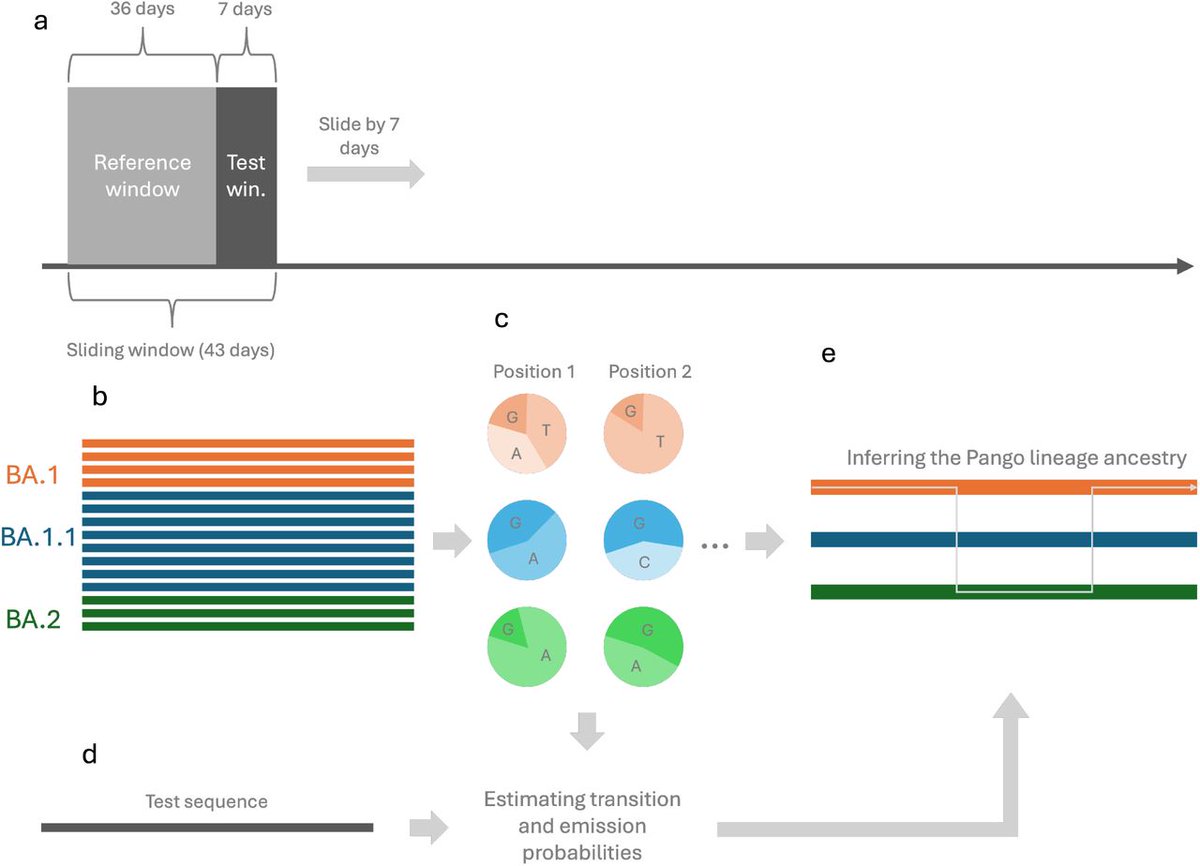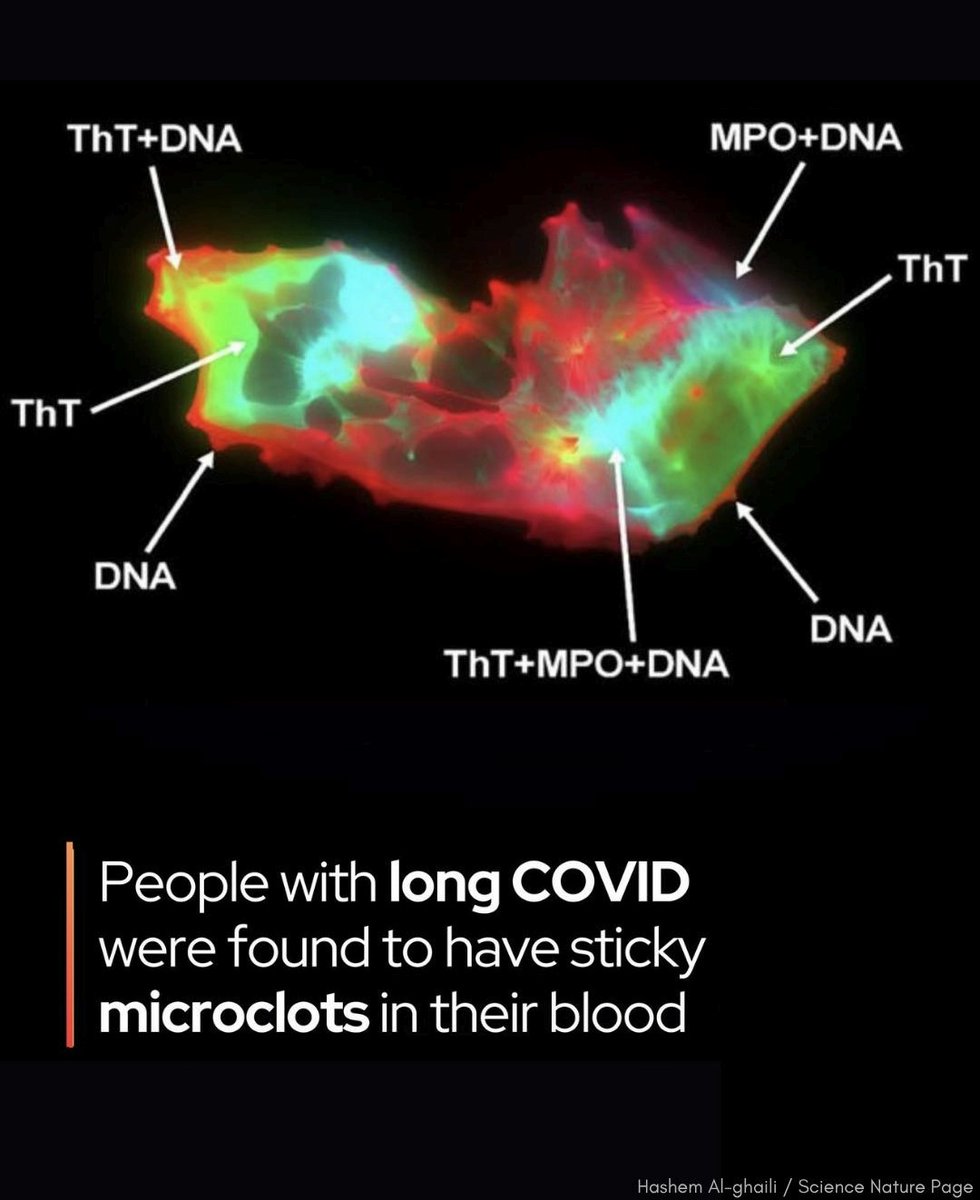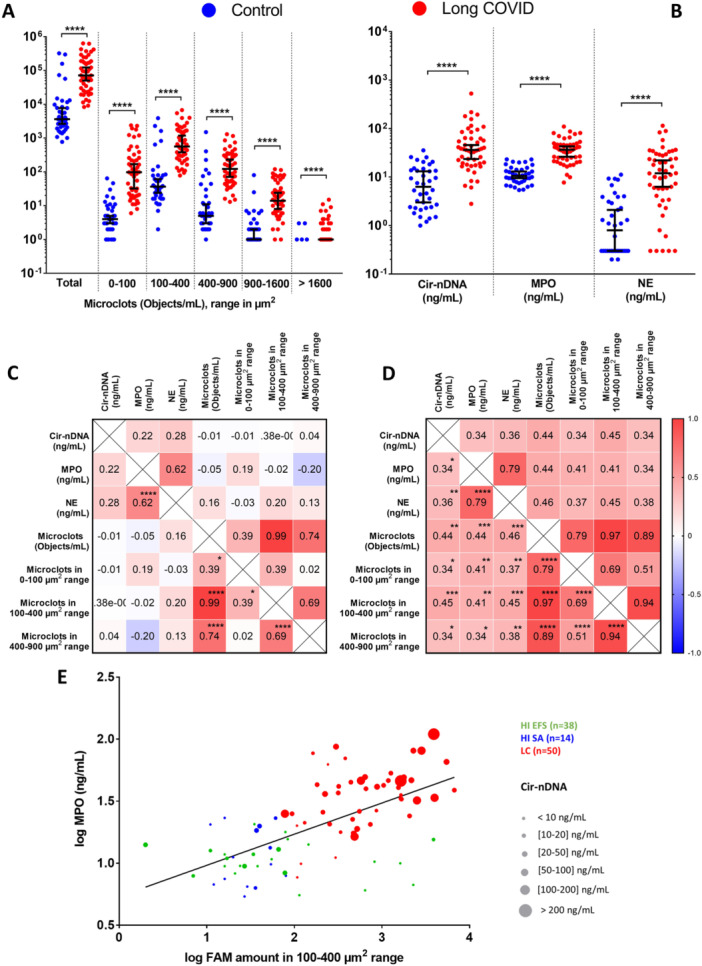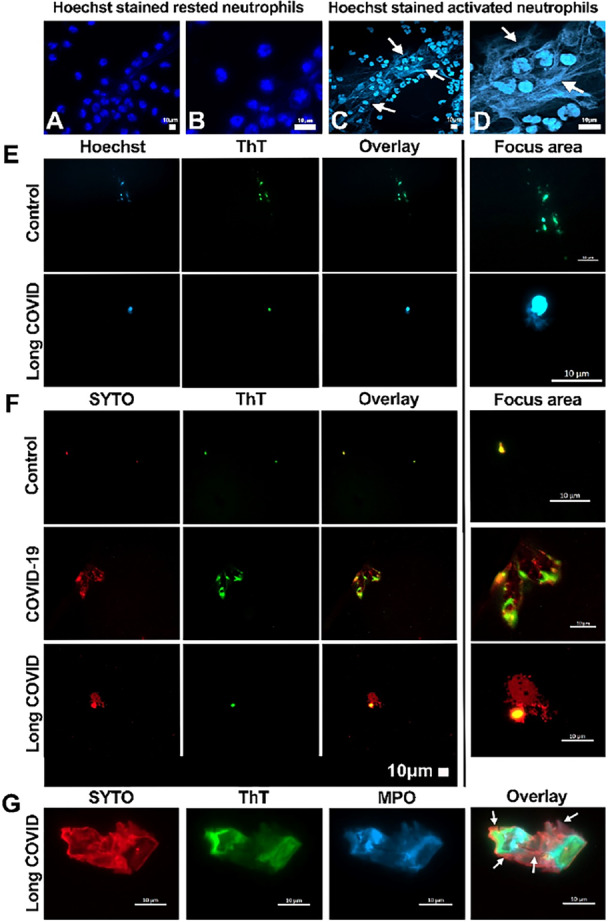EMERGENCE of some SARS-CoV-2 VARIANTS Are INDUCED by CO-INFECTIONS With DENGUE 😨😨😨
This could be one of the most significant ticking time bomb 💣💣💣
journals.sagepub.com/doi/10.1177/11…

This could be one of the most significant ticking time bomb 💣💣💣
journals.sagepub.com/doi/10.1177/11…

2) This study examined how co-infection with SARS-CoV-2 and dengue virus can impact the evolution of SARS-CoV-2 variants.
The key findings are:
- 2% of COVID-19 patients in the study area also had dengue virus infection. These co-infected patients showed more severe symptoms ..
The key findings are:
- 2% of COVID-19 patients in the study area also had dengue virus infection. These co-infected patients showed more severe symptoms ..

3) ...like headaches and loss of smell/taste.
- Genetic analysis revealed the co-infected patients had significantly more mutations in the SARS-CoV-2 virus compared to those with COVID-19 alone.
- Genetic analysis revealed the co-infected patients had significantly more mutations in the SARS-CoV-2 virus compared to those with COVID-19 alone.

4) - Mathematical modeling estimated that the emergence of the Delta variant required about 9-12 more mutations than earlier variants, while the Omicron variant accumulated about 19 more mutations than Delta. 

5) - The increased mutations in co-infected cases suggest the compromised immune system allows the virus to adapt and evolve more easily. This could lead to the emergence of new SARS-CoV-2 variants, especially when dengue and COVID-19 are circulating together. 

6) - Ongoing monitoring of viral mutations and studying co-infection effects are important to anticipate and prepare for potential future SARS-CoV-2 variant outbreaks.
There are some limitations in this study as the potential underestimation of coinfection prevalence,
There are some limitations in this study as the potential underestimation of coinfection prevalence,
7) ...the small coinfection sample size and the limited clinical data.
Thanks for reading 🙏
Thanks for reading 🙏
• • •
Missing some Tweet in this thread? You can try to
force a refresh



